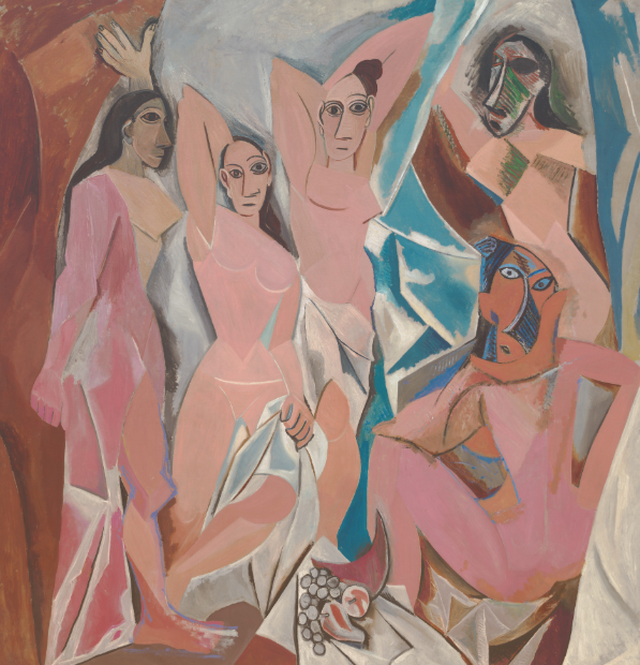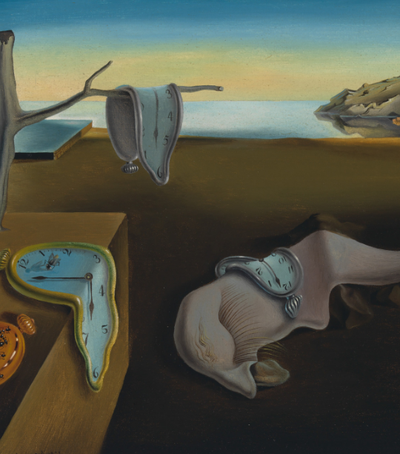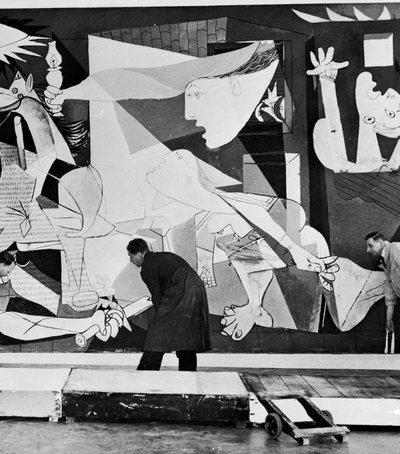
“Les Demoiselles d'Avignon” (The Young Ladies of Avignon) by Pablo Picasso is one of the most striking and important works of modern art. Painted in 1907, this work marked a dramatic break with the classical tradition of European art, paving the way for the birth of Cubism and transforming the way the human figure is represented in art.
Key points of interpretation:
Content and description:
The work depicts five naked women, set in a brothel in Barcelona, ??according to Picasso's original title.
But unlike the classic nudes of Western art, their bodies are not rounded, nor idealized – they are fragile, cut into geometric shapes, in an aggressive structuralization that strips eroticism from traditional aesthetics.
The birth of cubism:
This work is considered the visual manifesto of Cubism, the artistic movement that would revolutionize 20th century art.
Instead of a single perspective, as was the classical rule, Picasso presents figures seen from different angles simultaneously, freeing art from the illusion of realism and exploring recognition through broken form.
The influence of African and Iberian art:
Two of the women's faces are very different in style from the others, with noticeable similarities to traditional African masks and Iberian sculptures.
Picasso, inspired by objects he had seen in ethnographic museums and galleries, merged these primitive influences to create a new and challenging aesthetic, far from the European ideal of beauty.
A challenge to beauty and artistic norms:
Les Demoiselles d'Avignon does not aim to be beautiful – it is violent, cutting, sometimes frightening, challenging the viewer to confront sexuality, identity, and reality in a raw way.
This was an explosion against artistic academicism, establishing a new model for the exploration of form, feeling, and consciousness through the image.
Influence on modern art:
The painting was kept in the studio for years, as even Picasso's inner circle was shocked by its radicalism.
Later, it was recognized as a turning point that opened the doors to modernism, surrealism, abstraction, and conceptual art.
Today, Les Demoiselles d'Avignon is exhibited at the Museum of Modern Art (MoMA) in New York and is considered one of the founding works of 20th-century art.
“Les Demoiselles d'Avignon” is not just a scene from a brothel – it is a fragmented account of modern consciousness, a revolt against false beauty and an invitation to look beyond the surface. With this work, Picasso did not simply paint – he melted the past and built the future.





